Diabetes and the Future of Treatment
- Saagar Chokshi
- Jul 27, 2016
- 2 min read

With 29 million Americans (9.3% of the population) having either type 1 or type 2 diabetes and around 1.5 million Americans being diagnosed with it each year, diabetes is one of the most common diseases among us. Due to this, researchers all across the world race to find methods of treatment that could hold the key to more effectively handling diabetes. First, we will delve into some information about diabetes and the current state of our treatments, and then we will explore the cutting edge of new developments in handling diabetes.
Diabetes exists in two forms: Type 1 diabetes usually develops in infancy or in young children and is characterized by the inability of the pancreas to produce sufficient insulin, a chemical that regulates and allows you to use glucose (basic form of sugar) from foods. Type 2 diabetes however usually develops later in life and is thought to be caused by genetic predisposition, problems with weight, smoking, and lack of exercise. It occurs when the body develops an insulin resistance in which it no longer uses insulin in the correct manner to regulate glucose in the body.
Type 1 diabetes is currently treated with the introduction of insulin from another source to fulfill necessary insulin levels. Type 2 diabetes usually requires a medicine such as metformin to allow the body to be able to use insulin correctly. In addition, insulin therapy is also sometimes used to handle the disease. However, both types require extensive blood monitoring, a very particular lifestyle, and regular and frequent trips to the doctor. If diabetes is left untreated or unmonitored, it can have massive effects on the body, some of which include heart disease and extensive kidney damage. Because of the difficulty of managing diabetes and the possible complications it can cause, researchers everywhere have been working on developing better alternatives in terms of treating diabetes.
Let’s look at some of the most recent breakthroughs in treating diabetes:
Professor Melton of Diabetes Ireland has recently discovered a way to convert stem cells (unspecialized cells) in the pancreas into beta cells which produce insulin. Although this is a major breakthrough, the effectiveness of the new beta cells once produced is still in question so it may be a few years until this treatment is used to actively treat type 1 diabetes.
A study by West Midlands Hospital trust has recently developed a way to reduce absorption of food in the small intestine with a latex Endobarrier tube. Over time, patients participating in the study had their blood sugar levels drop substantially. This treatment is a major breakthrough in terms of treating hyperglycemia, or the state of having high blood sugar levels.
Dr, Xunrong Luo of Northwestern University performed a study that he claims shows that the transplantation of clusters of beta cells is viable. He is currently following up on this study with further research, but if his findings are correct, his method could be used to effectively cure type 1 diabetes.
With the prevalence of diabetes being so high, it is no surprise that finding new treatments for the disease is on the forefront of medical research. Within the next 10 years, many new treatments for diabetes could become mainstream, allowing us to make diabetes a thing of the past.
Works Cited:
http://www.medicalnewstoday.com/articles/309275.php
http://www.bbc.com/news/uk-england-birmingham-36265958
https://www.diabetes.ie/giant-breakthrough-in-type-1-diabetes-research/
http://www.webmd.com/diabetes/type-2-diabetes-guide/type-2-diabetes?page=2
http://www.mayoclinic.org/diseases-conditions/type-2-diabetes/diagnosis-treatment/treatment/txc-20169988
http://www.cdc.gov/features/diabetesfactsheet/


Comments